His Majesty the King visits SCK CEN
Today, His Majesty the King paid a working visit to the Belgian Nuclear Research Centre (SCK CEN) in Mol. The reason for this visit was the decision made by the government last year to build MYRRHA – a world first – in Belgium. “This new, unique research installation will attract young and dynamic scientists from all over the world”, says Hamid Aït Abderrahim, Deputy Director General at SCK CEN and Director of the MYRRHA Project.
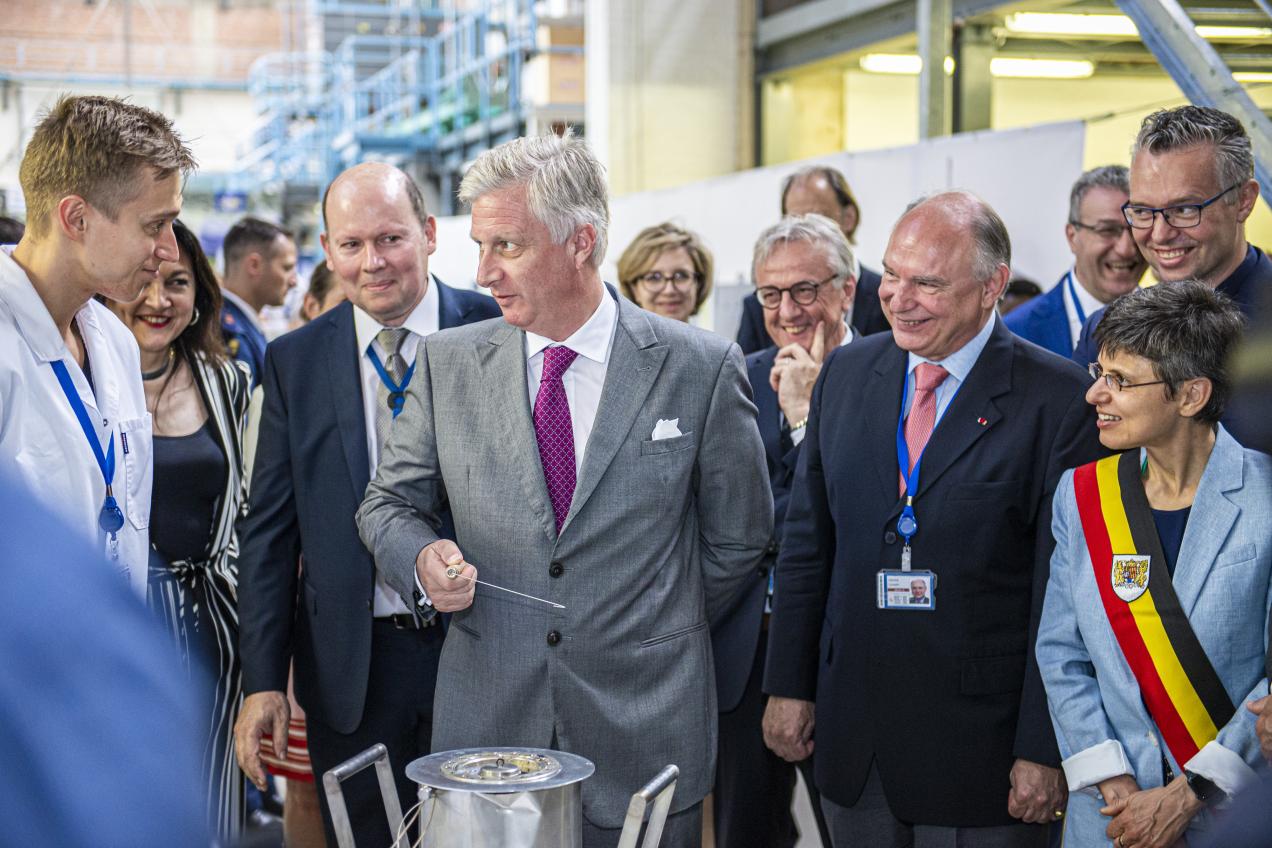
Wednesday 26 June 2019, Mol (Belgium), 10 am on the dot. In the technology hall of the Belgian Nuclear Research Centre (SCK•CEN), the sun is shining on the silvery aluminium of the experiments set up for the future, innovative research infrastructure MYRRHA. Next to the experiments, fifteen young researchers are fidgeting somewhat nervously. They are awaiting His Majesty the King, who is coming for a working visit. “They are all passionate scientists”, says Hamid Aït Abderrahim, Deputy Director General at SCK CEN and Director of the MYRRHA project. Angélique Gatera (32) takes the initiative and guides His Majesty along a 15-metre long canvas which represents the MYRRHA’s particle accelerator.
“MYRRHA is the world’s first prototype of a research reactor driven by a particle accelerator. It is the particle accelerator that starts and also maintains the chain reaction. When you switch off the particle accelerator, the reactor shuts down within one millionth of a second. I like that idea: the challenge to build the most reliable accelerator in the world”, Angélique explains. Engineer Christophe Corazza (27) concurs: “With MYRRHA, a huge leap forward into the future becomes possible. By bringing technology and natural sciences together.”
It was also the innovative nature of MYRRHA that appealed to Shin Yong-Hoon. “The more I studied lead-bismuth as coolant in nuclear systems during my training, the more it became obvious to me that I had to work for MYRRHA later on. MYRRHA is the only place in the world where I can put this knowledge into practice”, says Shin Yong-Hoon, research engineer who is only 30 years old. “What drives me is the passion to remove technological barriers that are in the way, the drive to work with people from different backgrounds and to share our experiences” says François Davin (27).
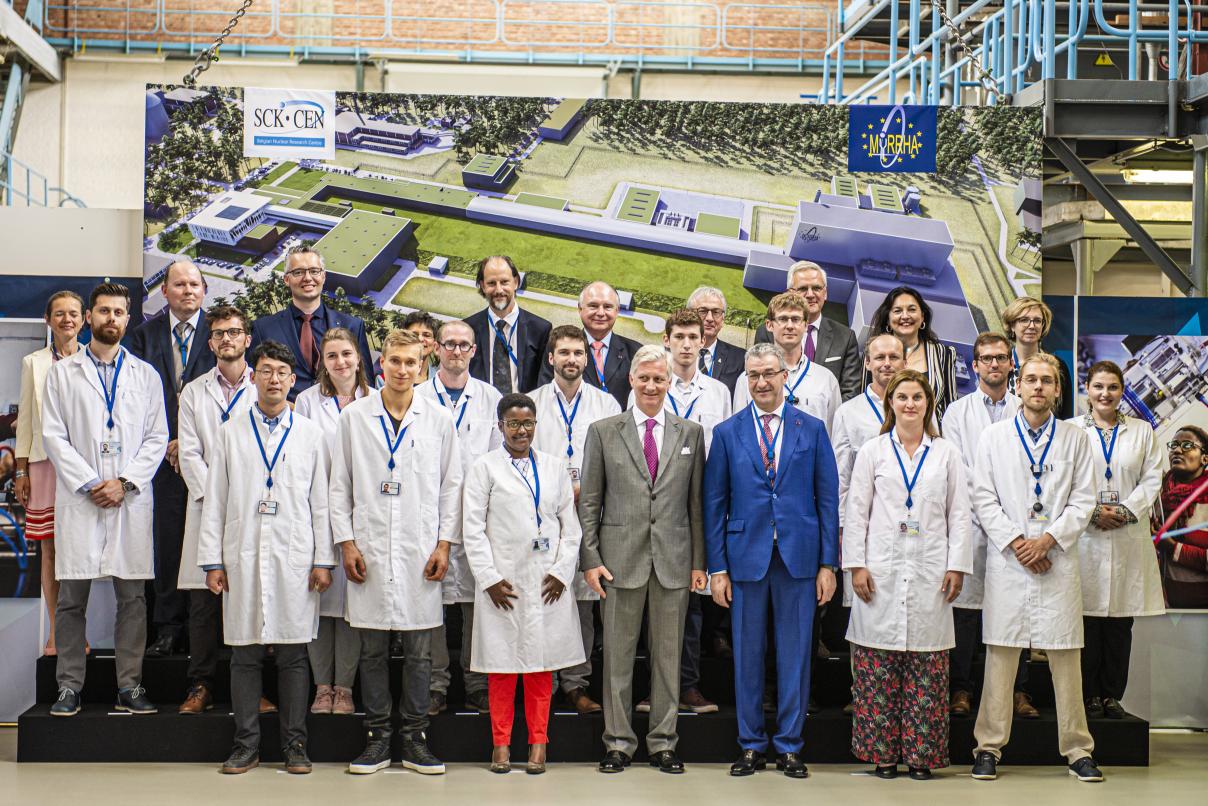
35 years
Angélique Gatera, Christophe Corazza, François Davin and Shin Yong-Hoon are young, but it is no exception in this team. The average age of the 135-strong team is 35. Hamid Aït Abderrahim explains: “MYRRHA is an ambitious project. MYRRHA will offer a new technological solution to reduce nuclear waste and produce new medical radioisotopes at the same time. With these medical radioisotopes, we will fight cancer more effectively and reduce side-effects in patients. Shaping the future obviously stimulates the sector. This dynamism appeals to a lot of young scientists.”
MYRRHA tackles a number of social challenges, but the materials used also offer opportunities in other sectors. The coolant used to cool the reactor core, for example, can be a boost for solar energy. “In thermal solar energy, we generate electricity not with light, but with the heat from the sun. By focusing the light into a vat containing a heat absorbing fluid, the energy could be stored. Lead-bismuth is a thermal conductor and therefore an ideal candidate fluid for this application”, explains Hamid.
A watchful eye on the future
Thanks to the federal government decision, the construction of MYRRHA progressed greatly. His Majesty the King witnessed this today during his working visit at the Belgian Nuclear Research Centre in Mol. “Development of MINERVA – phase 1 of the MYRRHA project – is in full swing. The aim is to start up the installation in 2027 and to launch the development of innovative, medical radioisotopes”, explains Marc Schyns, Director of the Advanced Nuclear Systems institute at SCK CEN. The installation will be built on the site in Mol, but construction unfolds in different stages. Different components were tested in Grenoble first, then shipped to Belgium to be reassembled at the Cyclotron Resource Centre in Louvain-la-Neuve (UCLouvain). “Eventually, the MINERVA particle accelerator will produce 100 MeV protons, but the setup in Louvain-la-Neuve is limited to 5.9 MeV.”
His Majesty the King was welcomed by Derrick Gosselin (Chairman of the Board of Directors at SCK CEN) and Eric van Walle (SCK CEN Director General) in the presence of Ministers Kris Peeters and Marie Christine Marghem, Cathy Berx (Governor of Province Antwerp) and Wim Caeyers (Mayor of Mol).
Media contact
pers [at] sckcen [dot] be (pers[at]sckcen[dot]be) - 014 33 21 49
Related articles
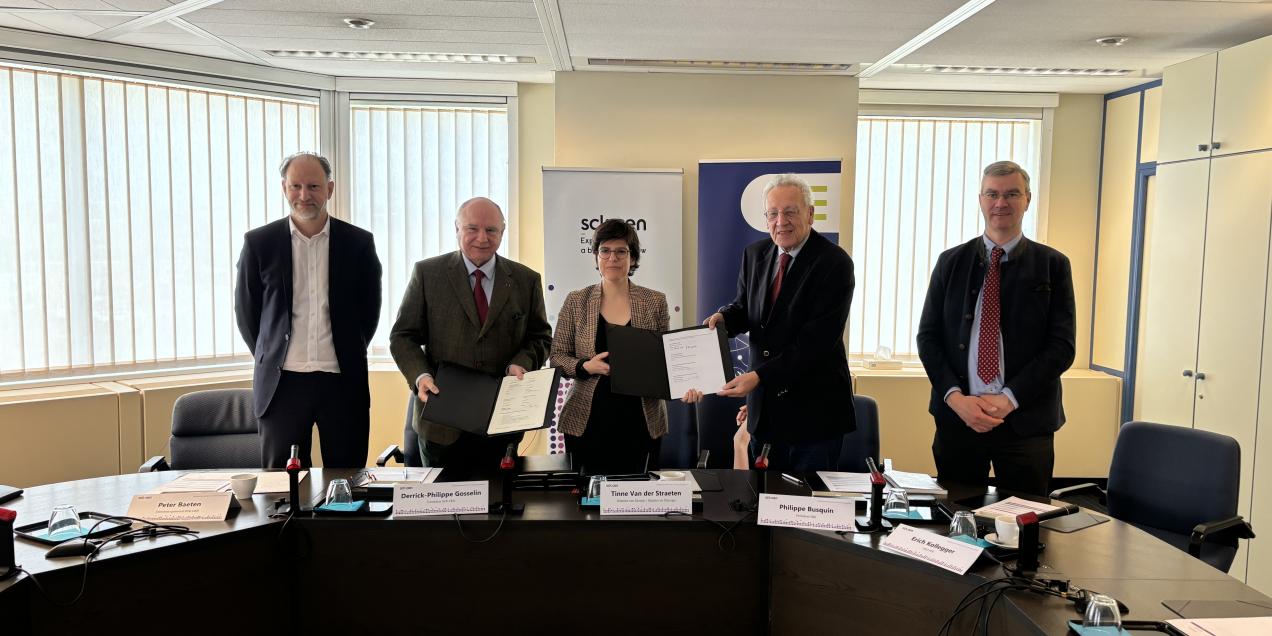 18 April '24
18 April '24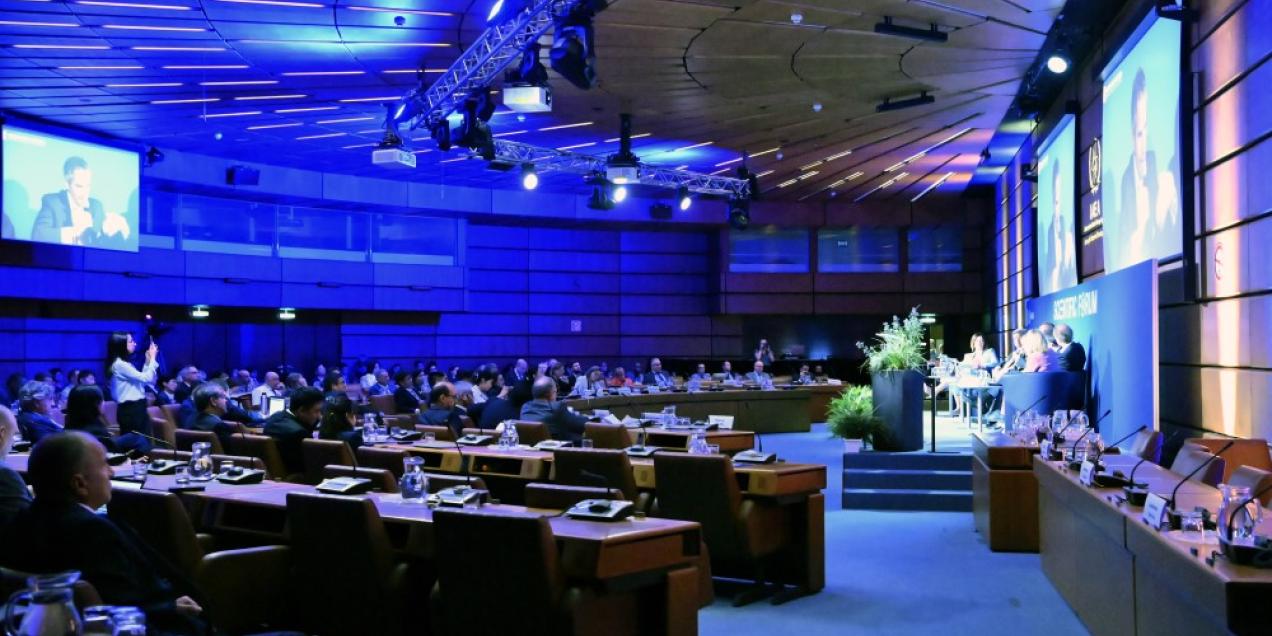 29 September '23
29 September '23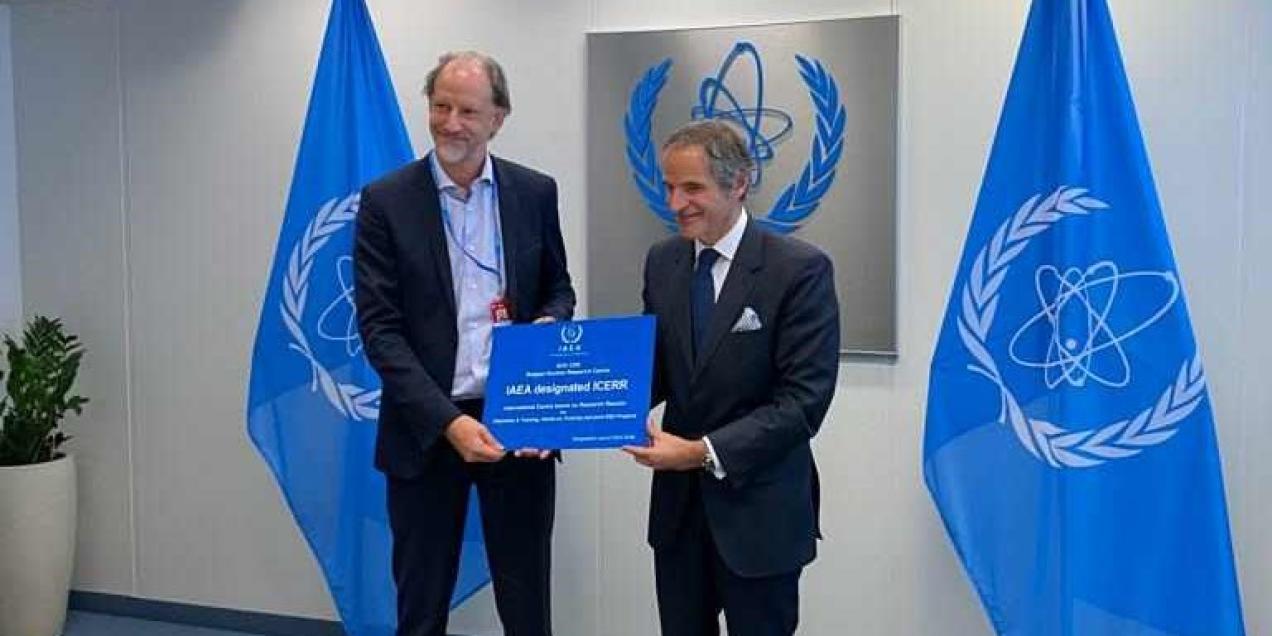 26 September '23
26 September '23